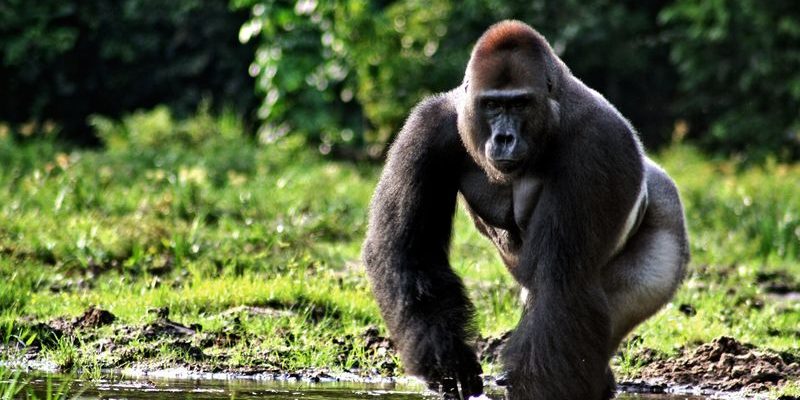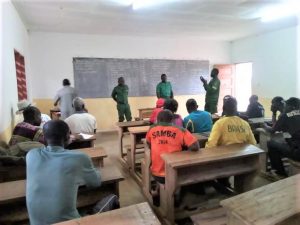Supporting the UNESCO World Heritage Dja Faunal Reserve

We recognise our role in protecting the fragile ecosystems that border our Cameroon plantations, with a particular focus on the neighbouring UNESCO World Heritage Dja Faunal Reserve. As one of Africa’s largest and most species-rich rainforests, the Dja Faunal is home to over 100 mammal species, including forest elephants, endangered chimpanzees and critically endangered western lowland gorillas.
We recently responded to UNESCO’s report on the impact of Sudcam’s agro-industrial activities on the Dja Reserve. The report details any potential considerations in relation to local environmental and social factors, and outlines constructive recommendations and mitigating measures. Informed by two environmental experts and based on geo-information analysis, plantation and surrounding riparian land visits, and interviews with local stakeholders, this report represents a useful tool in furthering Corrie MacColl’s sustainability practices.
The UNESCO response sits within a greater timeline of collaborative efforts between Sudcam and the Dja Reserve. In 2018 we also renewed our 5-year convention supporting the Dja Conservation Services (DCS) in biodiversity monitoring and the fight against poaching. Additionally, the independent Cameroon Sustainability Council ensures that the Reserve’s animals remain unaffected by our plantation activities.
The current engagement between our employees and the Dja Reserve’s conservationists is particularly commendable. This is best seen by Sudcam employees volunteering in patrols with the Dja conservationists, highlighting the strength of community efforts. This follows awareness campaigns coordinated by the Dja conservationists on the importance of biodiversity, and comprehensive staff training that enables Sudcam’s Health, Safety and Environmental (HSE) department to echo these messages internally. Workshops include training on local protected species, in respecting the buffer zones between Sudcam and the Reserve, and the dangers of burning.



